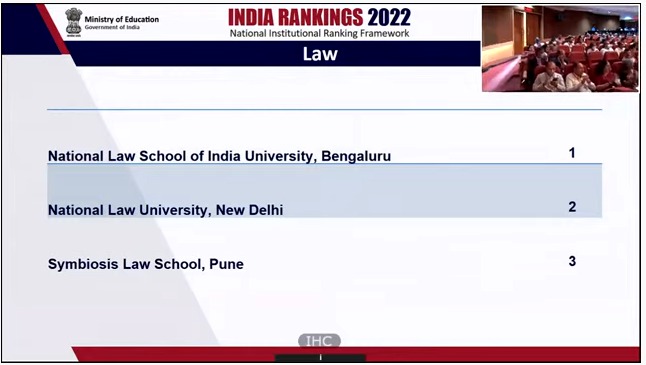
The world of education is truly dynamic at it is dependent on multiple factors that change constantly. It is therefore a constant challenge for educators, as we have to design courses to create individuals who will be able to fit into this dynamically changing world and also devise a better future for the future generations. The world is dependent on the recipients of this education. This inter-dependency thus lays down great responsibility on higher education institutions.
However, there are several undeniable facts that rule the realm of education such as an ever- growing population and the growing need for more educational institutions to fulfil the need and demand for education. As such, there is rapid expansion in the number of higher education institutions not only in India but also all across the world. In India itself there are more than 1000 universities and more than 50,000 colleges. Just as it is important to have a sufficient number of institutions to educate young minds it is also equally important to ensure that quality education is imparted at these institutions.
In India The National Institutional Ranking Framework (NIRF) is one of the most prestigious ranking systems. It is a methodology that has been adopted by the Ministry of Education, Government of India. Initiated in 2015, institutions are ranked under 11 different categories – overall, university, colleges, engineering, management, pharmacy, law, medical, architecture, dental and research. The ranking framework judges institutions under five broad generic groups of parameters of Teaching, Learning and Resources (TLR), Research and Professional Practice (RP), Graduation Outcomes (GO), Outreach and Inclusivity (OI) and Perception (PR). Ranks are assigned based on the total sum of marks assigned for each of these five broad groups of parameters. These parameters have been grouped and these clusters are assigned certain weightages. The weightages depend on the type of institution.
A national ranking ensures that all higher educational institutes strive hard to improve their rankings. It also ensures that there is no complacency in the institutes and they work harder each year to provide quality education to students. The matrices considered for the ranking process are quantity-based and every aspect of an institution scanned. It helps in deriving a clear-cut clarity on the standard of the institution in all aspects. Also, after each ranking cycle, reports are made available to the public on the college website with detailed information, which makes the process fair and transparent.
Besides the NIRF there are also certain international ranking systems that are considered to be the benchmark of quality such as the Times Higher Education Ranking and the QS World University Rankings. Thousands of universities across the world seek a good position in these rankings every year as they offer deeper and richer insight into university’s performance. These rankings are extremely important as they help students to choose the institution during admissions. Rankings also help students and stakeholders to find the right partner university to collaborate.
National Institutional Ranking Framework (NIRF) Ranking 2022 was released on July 15 2022 for 11 categories of colleges by the Ministry of Education Govt of India. NIRF is a robust and transparent ranking system and should become a global ranking system. We are proud to announce that Symbiosis International University has been ranked at number 32 out of over 1000 universities India has Symbiosis Law School (SLS), Pune is ranked at the number 3 position and the topmost private Law School in India. Also, Symbiosis Institute of Business Management, Pune (SIBM) is ranked number 17 and top 3 in the private category.
Our efforts at Symbiosis International (Deemed University) stand gratified.